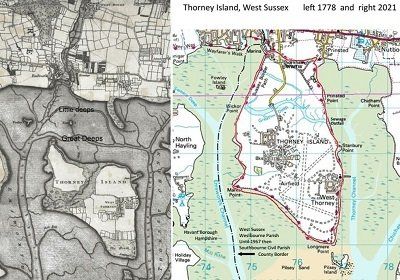The Civil War and Restoration
The English Civil War and the ‘Restoration’ afterwards refers to a turbulent time for the English monarchy. The mid 17th and early 18th Century was a truly turbulent time in England. The previous century had been a war of faiths, but the 1640's saw a turnover of the rule of the monarch and the way the English wish to be governed. Our constitution evolved rapidly, spiced with new, dangerous ideas.
James I had sustained a balance through the King James’ bible, establishing an approved Bible in English following on from Tyndales evocative work. Charles I reignited conflict by his opulent lifestyle during a rise of a purer faith directly from that bible and a suspicion of a reversion to rule from Rome. Charles’ attitude of his divine right conflicted with a rise in parliamentary representation among the puritan gentry. The English Revolution became a key test of power that shapes our state today.
The Swing of Power
The aristocracy sided with King Charles and as ‘Cavaliers’, raised their feudal regiments to challenge Oliver Cromwell and his Parliamentary ‘Roundheads’. Parliament’s model army was raised and organised in a decisive way that eventually trounced Cavalier forces. Charles literally had lost his head and a Commonwealth was declared with Oliver Cromwell as its ‘Protector’ in 1651.
This time is significant for the establishment of regiments of an English Army under Parliament with cavalry and artillery augmenting an infantry of pike-men and musket-men. Civil war brings upheaval and destruction of the worst kind, but offers scope for new thinking. Quakers, Shakers and Societies of Friends sought new ways of seeking spiritual peace, often having to emigrate to achieve it. Levellers saw a path to egalitarian living that questioned feudal structure, at odds with the landowning nobility keen to re-assert their power.
But England missed their kings, finding Cromwell more of a puritan dictator (who cancelled Christmas) than a protector. Charles II was restored to the throne in 1660 for a more liberal society, the tale being told by Sam Pepys’ diary. When James II attempted to re-establish his divine right, Parliament looked for new Protestant king through William of Orange, Dutch husband to Mary, James’ protestant daughter. Invited to invaded in 1688, he was welcomed as the Glorious Revolution. So England got its taste of Dutch rule and influence. Alas without producing an heir, Parliament again searched the protestant continent to find a new line of monarchs in Hanover.
George I was crowned in 1714, prompting an uprising in Scotland led by disgruntled Stuarts' clansmen. George I issued his coat of arms to be displayed across the land to demonstrate his Protestant ascendancy. The one we have in St Nicholas is probably from the old Manor House. We have a Liturgy text issued at this time, mentioning George in the printed prayers.
A more effective rebellion was raised throughout Scotland in 1745 when the Highlanders flocked to Bonnie Prince Charlie to invade England. His forces reached Derby, but ended badly on Colluden Field, prompting the Bonnie Prince to flee with Flora's help.
St Nicholas' 1st Restoration
Under Rector Godfrey Blaxton’s incumbency, St Nicholas was renovated and 'beautified' in the early 1600s. The North & South aisles were removed and the arches into them from the Nave walled up (the arch stonework being visible today). The roof would have been re-modelled at the same time from a wide low roof to the steeper pitch we see today. The stone tombs against the South wall of the Nave found themselves outside. The 14th Century rood screen was remounted and new altar table installed. Thus Rector Godfrey beautified St Nicholas by 1608 to contemporary tastes.
One can imagine the quiet inlets of Chichester Harbour affording easier routes for clandestine escapes of Cavaliers and followers of failed monarchs. Life on Thorney is only marked by the Bickley family reacquiring one of the manors.
Nothing else of much interest is recorded except Robert Mordens 1695 map of Sussex appears. The location of St Nicholas is shown figuratively. This identifies Thorney Island with its own islands at Eames, Thornham & Marker Point (now reclaimed). Perhaps the Dutch penchant for land reclamation had awakened the possibilities a Thorney?



